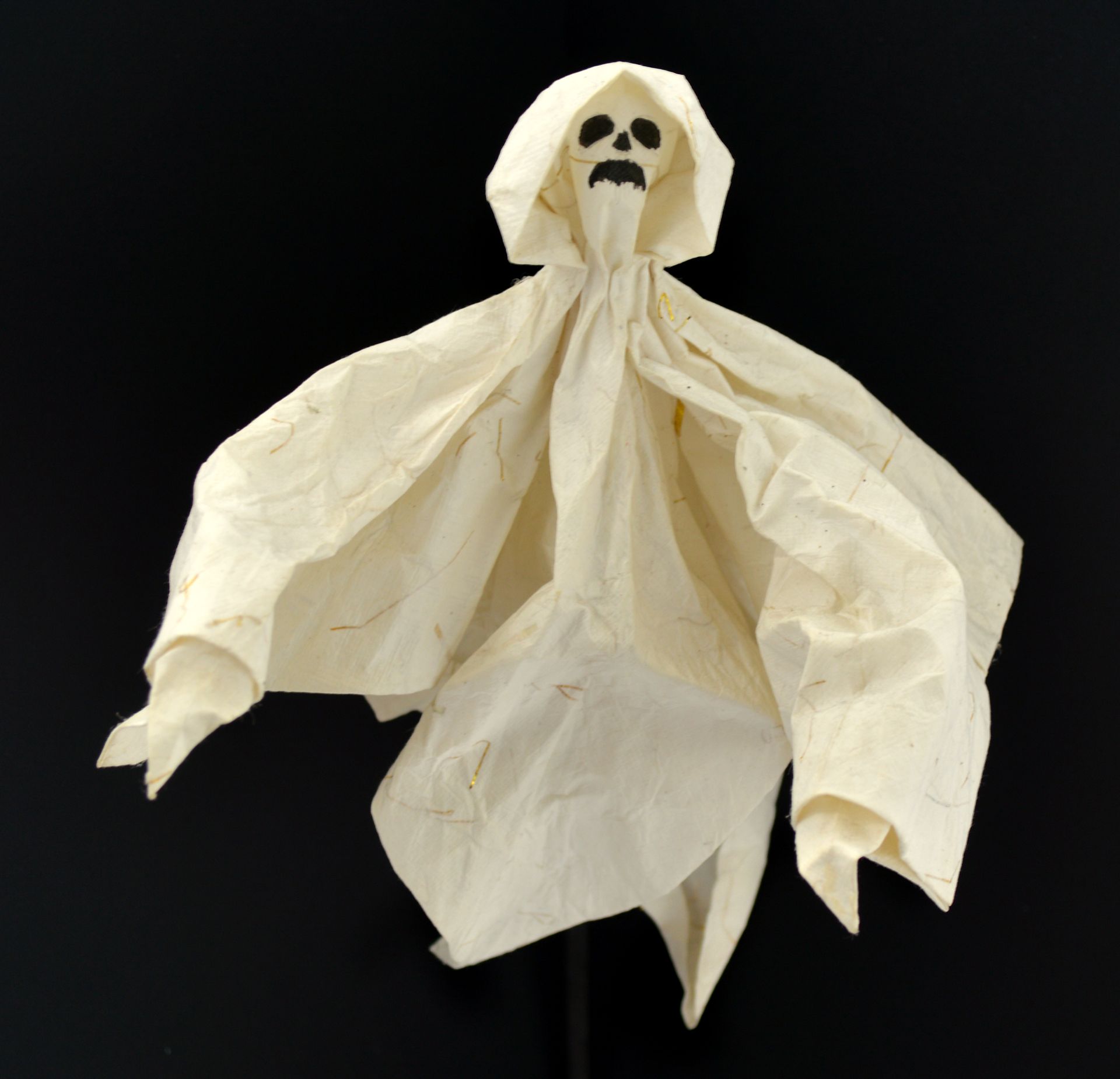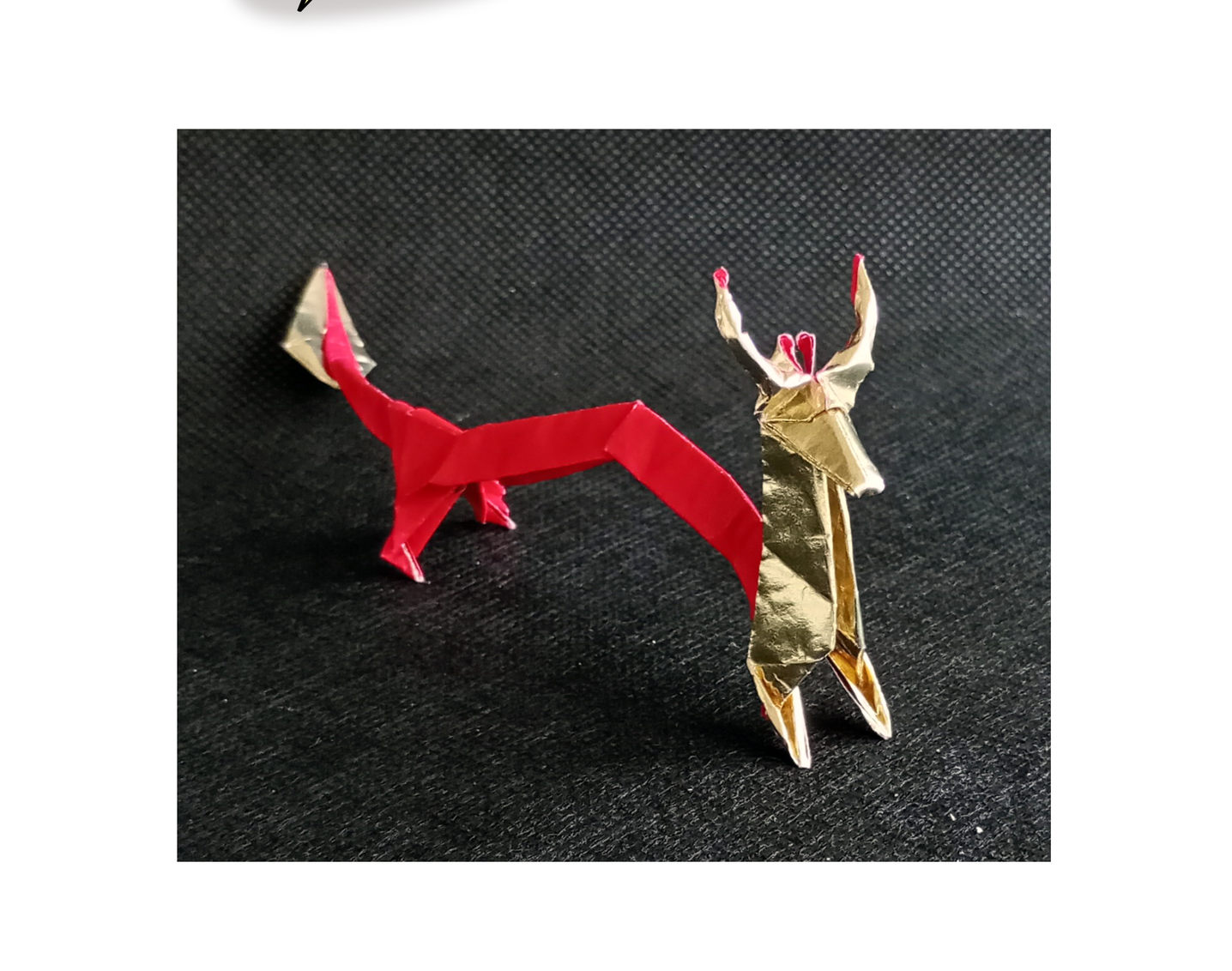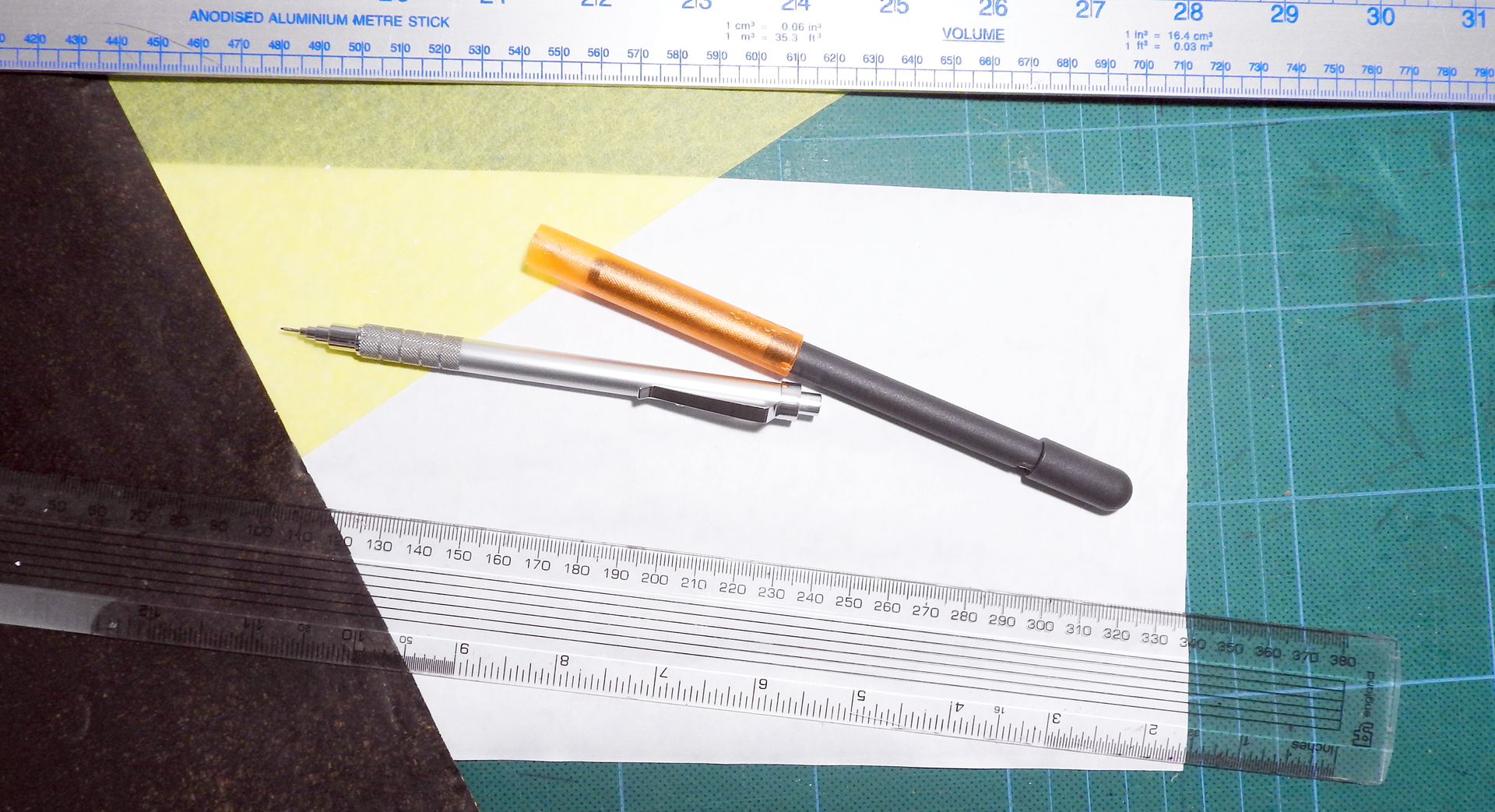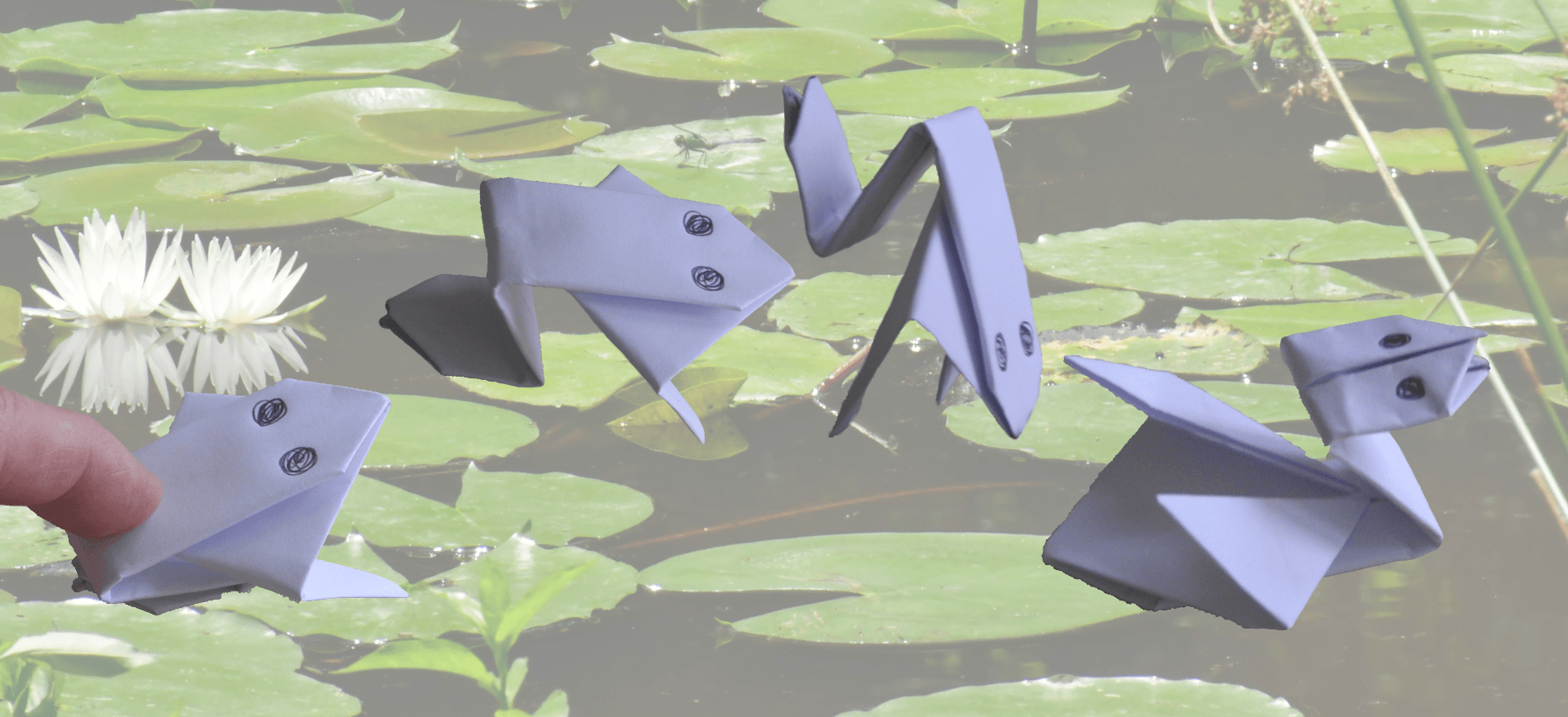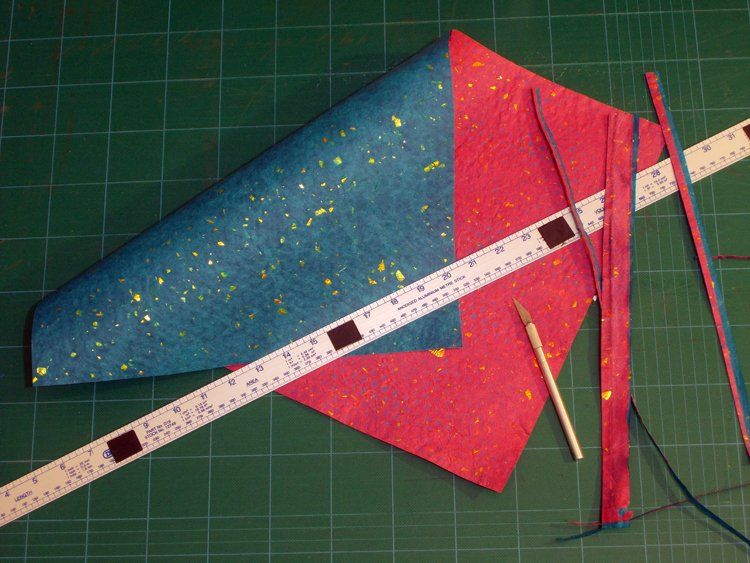Origami for the Blind and Visually Impaired
Origami for the blind and visually impaired
One of the many joys of origami is that it is an art form that can be practised and enjoyed by people of very different capabilities - including the blind and visually-impaired.
A dear friend of mine has been blind from birth and, when introduced to origami, took to it like a duck to water.
She prefers to fold the more complex 3D models and tessellations. To help her remember folding sequences she takes notes in her braille reader - these notes form the basis of the detailed scripts that follow.
If you have screen reading software you should have no problems viewing this site's pages. I have tried to make the whole site as accessible as possible - if you do have any difficulties with readability, please let me know and I'll see what I can do about it.
If you have a braille display, you can click on the links at the foot of this page to download a simple text file.
The scripts I've put together here are all written in English. If you wish to translate any or all of them, please do. And then let me have the translations to put up here for everyone to access.
At first we had to define a few terms in order to allow all folders to at least start at the same point. These may seem a little dry and boring but, it is important, when describing a folding sequence, to be as accurate and unequivocal as possible.
It is no good using phrases like;
"fold this edge to here"
or
"open this flap and squash it down like this"
When working on these scripts, we found it very useful to have fairly detailed descriptions of what can be expected after one step and before commencing the next - a verbal version of looking at the next diagram to see what it should look like.
If you are a visually impaired origamist or teach the visually impaired origami and you have scripts of your own that you use or find useful - please don't keep them to yourself.
Contact me and we can start to build up a library of origami for the visually impaired.
Click on the links to be taken to a page with the script and a downloadable text file.
1. Origami VIP definitions web page or Text File
2. Preliminary Base VIP web page or Text File
3. Waterbomb Base VIP web page or Text File
4. Bird Base VIP web page or Text File
5. Fish Base VIP web page or Text File
6. Sampan VIP web page or Text File
7. Masu Box VIP web page or Text File
8. 4-Point Star VIP web page or Text File
9. Box in One VIP web page or Text File
And, meanwhile over in France, Michel Lucas is running a project that aims to teach origami to the blind and visually impaired:
The pages are all written in French but Google does a pretty good job of translating.
This video of a very simple model is an example of the level of descriptive detail that is necessary to convey all of the information needed for a blind person to understand how to succesfully fold the model.

